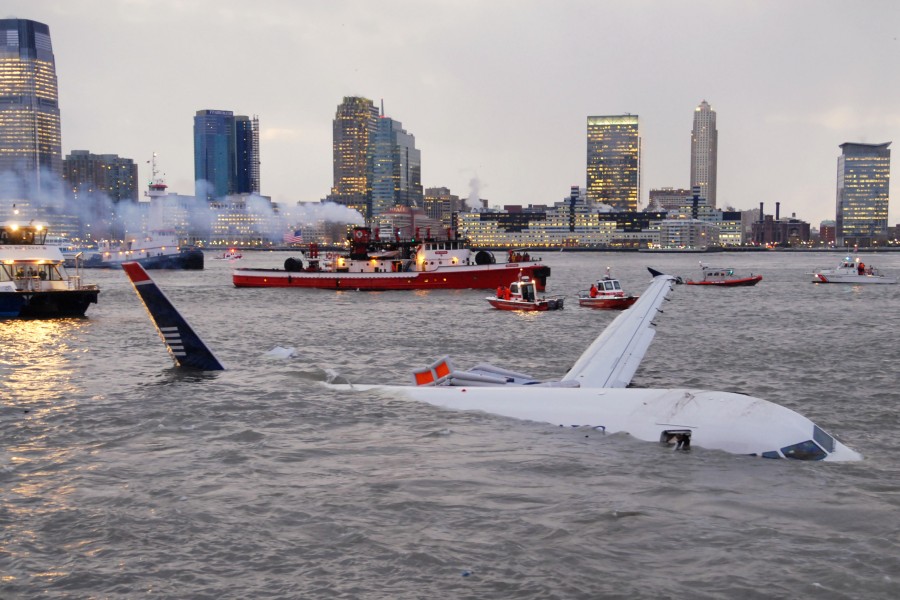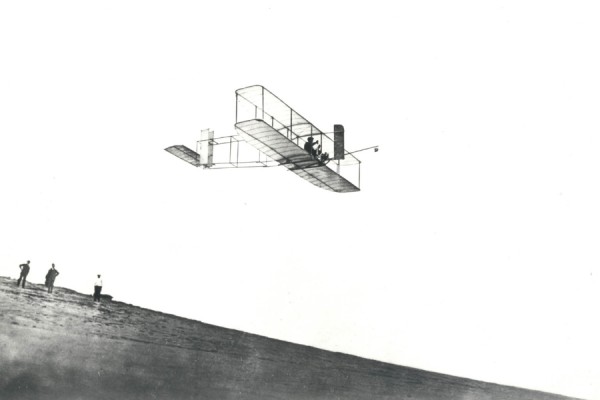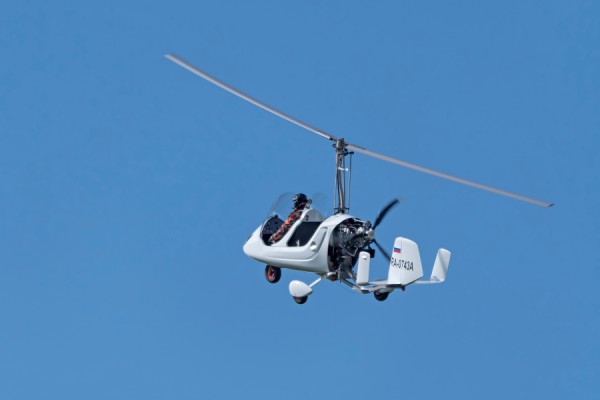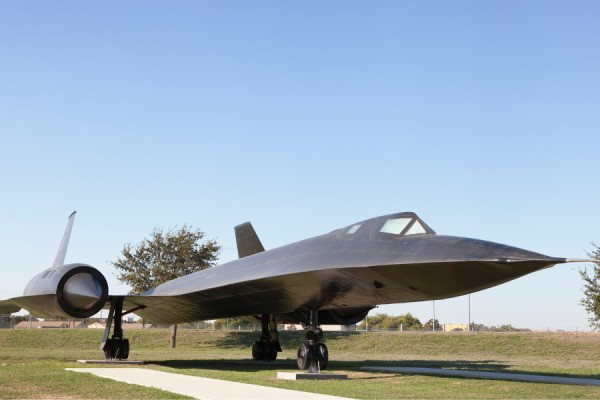- History
- 1 year before
A Miraculous Landing on the Hudson River: Flight 1549
Miraculous landing of US Airways 1549 in the Hudson River: as a result of a bird strike in 2009, all passengers safely survived under Captain Sully
-

- 1 year before
- Category: History

Miracle on the Hudson: US Airways Flight 1549
January 15, 2009, is etched in the annals of civil aviation history as the day US Airways Flight 1549, shortly after takeoff from New York City, successfully crash-landed in the Hudson River following a bird strike. The Airbus A320, under the command of Captain Chesley "Sully" Sullenberger, earned global acclaim and became known as the "Miracle on the Hudson." In this analysis, we will delve into the details of that fateful day, the extraordinary performance of the crew, and the impact the incident had on the aviation industry.
Chronology of Events
US Airways Flight 1549 departed LaGuardia Airport at 3:24 PM bound for Charlotte. Approximately two minutes after takeoff, while at cruising altitude, the aircraft struck a flock of Canada geese. Both engines failed, causing the aircraft to lose altitude. Captain Sully and First Officer Jeffrey Skiles, realizing they could not reach nearby airports, made the split-second decision to land the plane on the Hudson River.
The Miraculous Landing
Sully's expertise and composure saved the lives of all 155 passengers and crew on board. During the landing, the aircraft touched down on the water at a remarkably low angle, skipping across the surface before coming to a halt. The successful evacuation that followed, with passengers swiftly rescued by ferries and emergency services, was facilitated by Sully's steady leadership and the crew's efficient emergency management skills.
Impact on the Aviation Industry
Flight 1549 raised critical questions about aviation safety regarding bird strikes and potential hazards in the airspace. It also highlighted the critical importance of emergency training and protocols. Airlines subsequently revised their training programs and emergency procedures in light of this incident.





